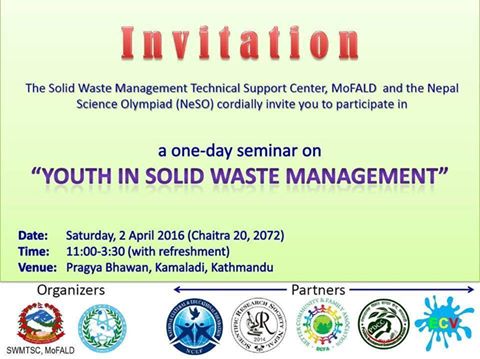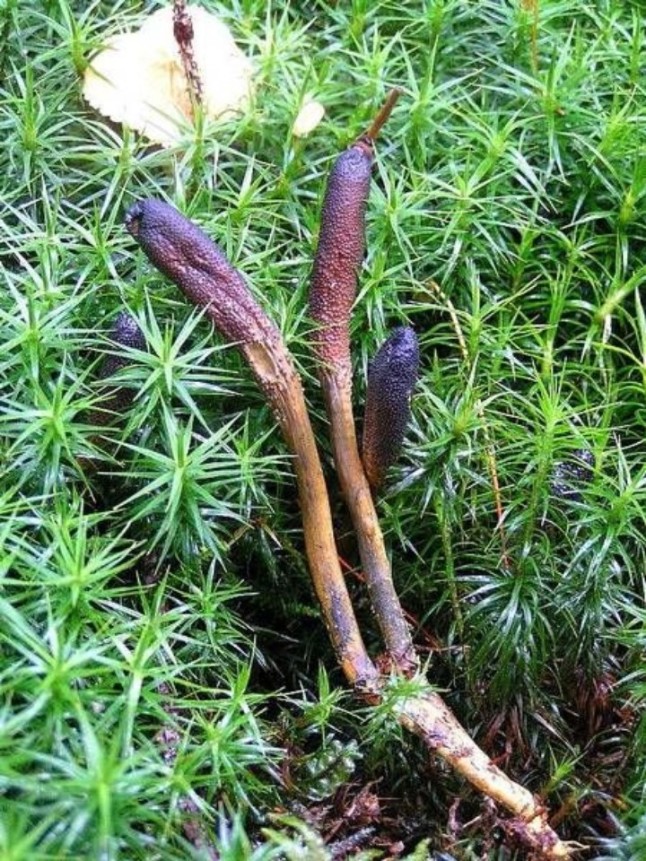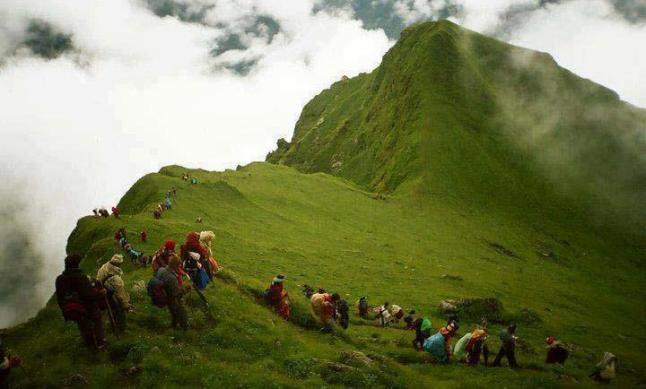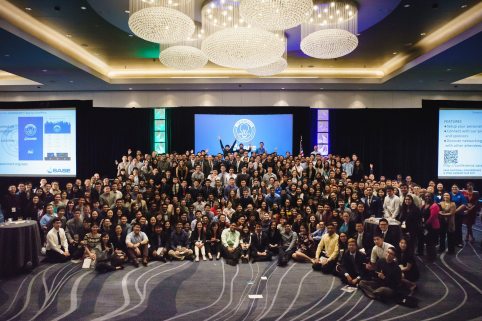
The SASE NC is the largest national conference and career fair for Asian Americans in the United States. The conference includes –
- a STEM career fair of 80+ companies recruiting for full-time and internship candidates
- professional and leadership development workshops
- networking opportunities with professional scientists and engineers
- a gala dinner featuring keynote and awards
- community service to give back to a local community
- SASEtank (Business Pitch) and SASEhack (our hackathon).
The conference is a fun filled with amazing opportunities to meet new people and make long-lasting friendship. The conference not only increases personal network but professional too. You will have a chance to be at the workshop from leadership development, resume review, interview skills to innovation in latest technology.
This conference is second NC for me. SASE University of Dayton chapter participated every year to NC. I was glad to be one of the participant in the team for this endeavor. I was equally excited to be on SASEbowl team as SASE Titans. SASEbowl is a friendly competition among collegiate members for a night packed with high-intensity games and challenges including:
Minute to win it: teams will have 60 seconds to complete each mini task. This will include great teamwork and communication.
Jeopardy: teams will compete with one another in a battle of trivia.
Build it activity: teams will have to use teamwork to accomplish a building task
The team was divided into small groups. While other members were participating in a minute to win it and Jeopardy. I including other 2 members were assigned to build a catapult. We were able to design and built a catapult using ITW hand tools. As a mechie, it was a really great experience for me to complete the task. We had to put the catapult to test by throwing balls with the help of catapult on glass tower and we were able to do remove the most glass from the tower. We were able to do it maximum. SASE titans were the winner of the overall competition and were awarded with certificate and padfolios.
Happy Us.
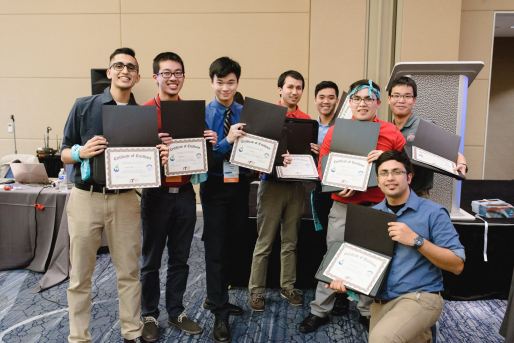
I attended couple of workshops –
The future of Advanced Manufacturing by ITW
Data Analytics by Boeing
Panel – Prototyping: from Idea to Product by Ingersoll Rand
Panel – Speak Up, Stand Out, Be Heard
Career Fair
There were numerous companies looking for perspective hiring for an internship, co-op and full time. I gave my elevator pitch to every potential company like BOOZ ALLEN HAMILTON, BOEING, DEPS, US DE, US ARMY CORPS OF ENGINEER, US POSTAL SERVICES, UNITED TECHNOLOGIES, and few more.
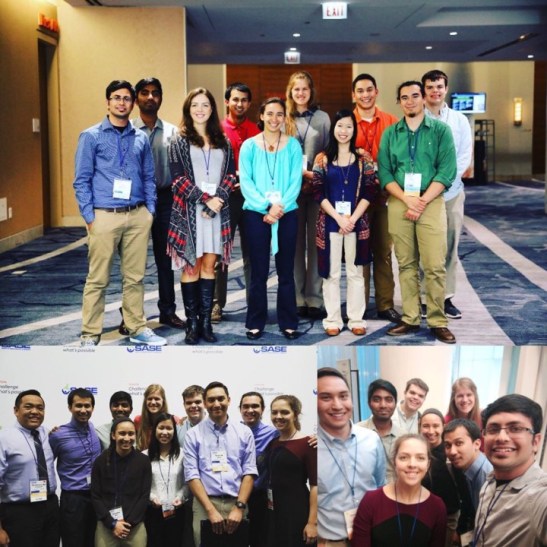
SASE University of Dayton chapter member
About SASE The Society of Asian Scientists and Engineers (SASE) was founded in November 2007 and has since founded 90 collegiate chapters, as well as, 6 professional chapters. In addition to promoting the professional development of future scientists and engineers, SASE encourages members to celebrate their Asian heritage, advocate for diversity on campus and in the workplace, as well as, provide opportunities to give back to the community. SASE is open to men and women of all majors and ethnic backgrounds. For more information, visit www.saseconnect.org.













